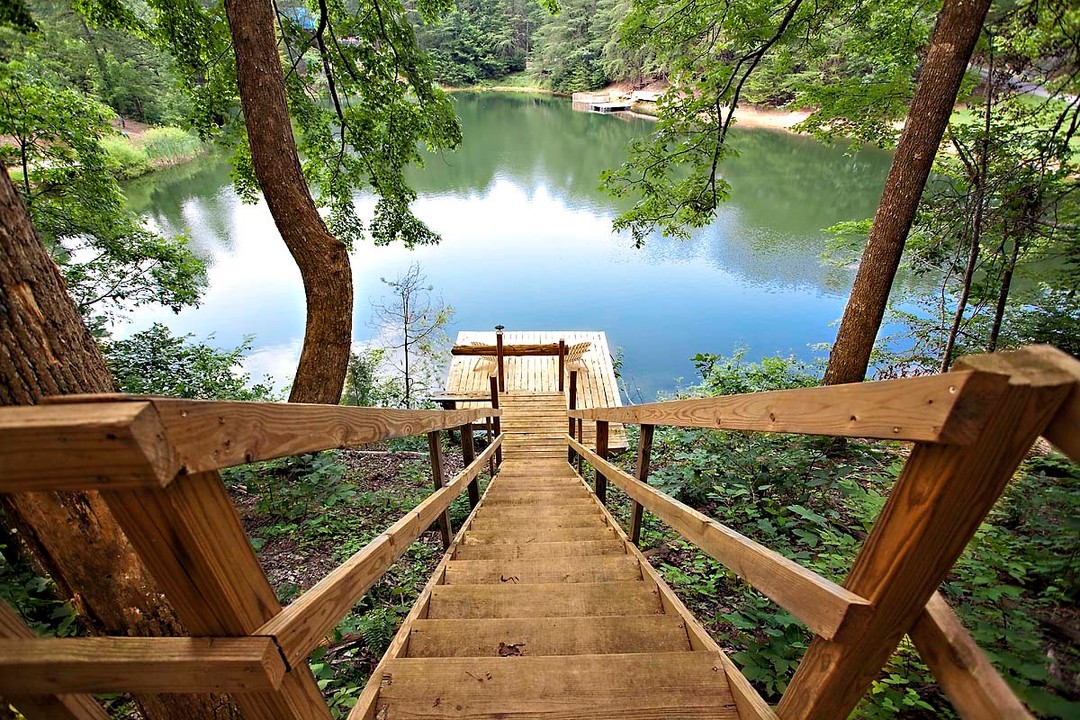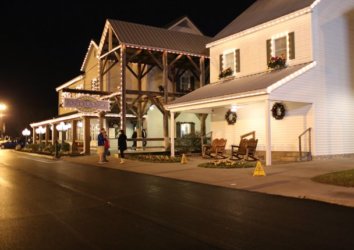When you travel somewhere, you’re going for many reasons. The food. The climate. The playground of family-friendly and romantic activities on offer. Pigeon Forge offers all three, and then some.
But it also offers a rich past, steeped in settler traditions with strong First Nation roots. Today, many of its historical buildings lend testament to the longstanding presence of this pioneer settlement. Many travelers, therefore, are curious to know more about it.
In today’s post, we’ll take a look at how Pigeon Forge came to be, what happened in yesteryear, and what that name is all about. Keep reading.
A Cherokee Nation

Before Pigeon Forge became Pigeon Forge, it was the heart of the Cherokee Nation.
“The Eastern Band of the Cherokee Indians has a long and strong connection to the land of Southern Appalachia and what is currently known as Great Smoky Mountains National Park,” explains the National Park Service. “By the time European explorers and traders arrived, Cherokee lands covered a large part of what is now the southeastern United States.”
When the settlers arrived, they at first collaborated with the Cherokee. Trade flourished, settlers learned Native ways, Cherokee began to use European weapons, and the Cherokee developed a written alphabet. However, white practices quickly decimated the Cherokee population and they are today a fraction of their former size.
You can learn more about them by visiting the Museum of the Cherokee Indian, about an hour and 15 minutes from Pigeon Forge. It is worth taking time to learn about other First Nations of Tennessee, including the Muscogee, Chickasaw, Choctaw, Yuchi, and more.
Early Settlers of Pigeon Forge

Most likely, the area was first settled by Europeans in the late 18th century, traveling from Virginia along the Great Indian Path, also known as the Great Indian Warpath or Seneca Trail. We know that Colonel Samuel Wear, who fought in the Revolutionary War, settled the area around the 1780s, though other settlers may have arrived first.
In between that time and the Civil War, several important historical sites were established. By the time of Reconstruction, Pigeon Forge already had a dedicated population with a church. By the late 1800s, there was a telephone and a row of houses known as “String Town.”
What’s in the Name?

Although today it is part of Tennessee, the Pigeon Forge area was originally part of North Carolina. Its name hails from a combination of two historical aspects of the area.
Pigeon comes from the nearby Pigeon River, which is in turn named after the many passenger pigeons that used to inhabit the Great Smoky Mountains, and the Eastern half of North America in general. According to the City of Pigeon Forge, “These birds, now extinct, were so numerous that they darkened the sky as they flew into the valley, and the beech trees along the river were stripped of limbs by the weight of their great numbers.”
The second half of the town’s name – Forge – comes from the iron forge constructed by Isaac Love. Sources vary as to where it was built in 1817 or 1820, with some careful to distinguish that it was not a traditional forge at all. Rather, it was a “bloomery,” which is a specialized type of forge that avoids melting the iron ore, turning it directly into wrought iron by heating and hammering it, removing impurities in the process.
Whatever the case, it became an institution in the area. It was soon joined by the Historic Old Mill in 1830, built by Isaac’s son. The forge was dismantled in the second half of the 19th century, and replaced by a vertical saw operation. The forge’s giant hammer – used to pound the iron ore – was displayed at a variety of locations throughout the years, and now remains in possession of the Cole family.
A Historical Gold Mine

All right, gold was never a huge part of Tennessee’s history (although it did see a short-lived gold rush in the early 1830s). Rather, we mean Pigeon Forge is a wonderful place to see some historic sites. Among the most popular are:
- The Old Mill, which is still a working grist mill
- Elkmont, a ghost town of early settlements, railroad-boom buildings, and resort town leftovers from the 20s and 30s
- Little Greenbrier, which you can reach by hiking along the Metcalf Bottoms Trail for viewings of the old graveyard, the abandoned Greenbrier School House, and the Walker Sisters Cabin
If you’re looking for some spooky fun, these are all good options! And the area, having been settled hundreds of years ago, contains lots of nearby history as well.
If you’re more of a thrill-seeker, you might be interested to know that the famous, adrenaline-pinching, 11-mile stretch of highway known as Tail of the Dragon in North Carolina was first paved almost 100 years ago in 1934. It didn’t become widely known until the 90s, however, when motorcycle enthusiasts began to flock to it for its more than 300 curves in that short 11 miles.
Even its name holds history: “Deals Gap, the name that many riders know the Dragon by, is actually the gap in the mountains that the road follows. Deals Gap, located at the North Carolina and Tennessee State Line, is the highest point on the Dragon at 1962 feet above sea level. It was likely named for one of the early families who settled here.”
If you’re a motorcycle or sportscar enthusiast, this is a little slice of nearby history you might want to check out, only about an hour and a half from Pigeon Forge.
Pigeon Forge Today

Today, Pigeon Forge is an amazing place for solo travelers, couples, families, and more venerable travelers to visit. With an abundance of food, lore, comfortable places to stay, and nature, you’ll find everything you need to keep you busy for a weekend or a week – or longer. Don’t wait to book your trip to this historic area today!




